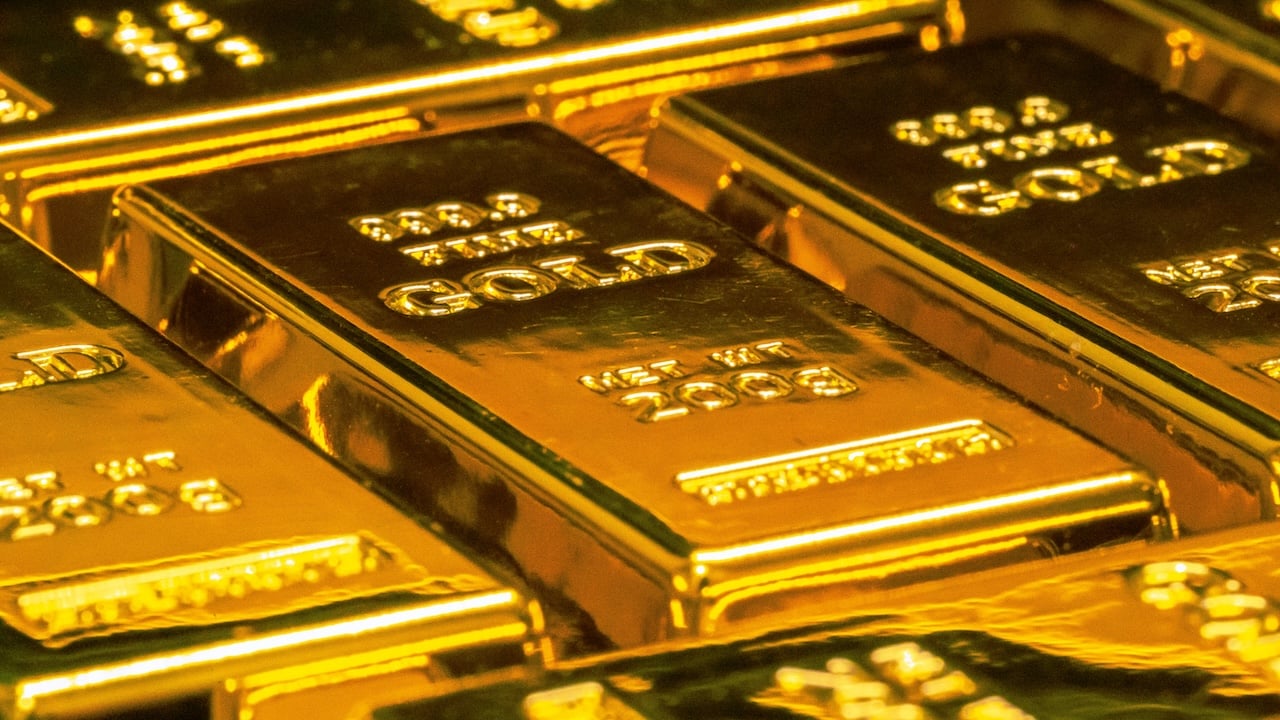(Mike Maharrey, Money Metals News Service) Significant amounts of gold flowed into gold ETFs for the fourth straight month in March, driving assets under management (AUM) to a new month-end record.
Funds in every region reported inflows of gold, with North American ETFs leading the way.
Globally, gold-backed funds added 92 tonnes of gold to their reserves last month. That drove total ETF holdings to 3,445 tonnes. This was the highest month-end level since May 2023 and just 470 tonnes shy of the record of 3,915 tonnes set in October 2020.
Through the first quarter, gold ETFs reported a 226-tonne increase in gold holdings totaling $24 billion. It was the second-highest quarterly increase in dollar terms.
North American funds added 67.4 tonnes of gold in March, totaling $6.5 billion. According to the World Gold Council, strong price momentum driving gold to over $3,000 an ounce, rangebound yields, a weaker dollar, tariff war uncertainty, equity pullbacks, and concern about economic growth all drove gold investment last month.
European ETFs reported inflows of 13.7 tonnes of gold in March. Funds based in the UK, Switzerland, and Germany led the way. According to the World Gold Council, “A cloudy growth outlook further weighed by U.S. tariff concerns, weak stock market performance, and the gold price surge drove demand higher in the UK.” Concerns about a massive government spending plan in Germany drove a safe haven bid there. Another European Central Bank rate cut also provided tailwinds for gold.
Gold flowed into Asian funds for the fourth straight month, with holdings increasing by 9.5 tonnes. China and Japan dominated demand in March. Rocketing gold price performance dwarfed other assets last month, sparking investor interest in gold. Inflation worries in Japan also contributed to demand. Indian-based fund reported modest outflows, likely due to profit-taking.
Funds in other regions, including Australia and Africa, report gold inflows of 1.3 tonnes.
ETFs are a convenient way for investors to play the gold market, but owning ETF shares is not the same as holding physical gold.
ETFs are relatively liquid. You can buy or sell an ETF with a couple of mouse clicks. You don’t have to worry about transporting or storing metal. In a nutshell, it allows investors to play the gold market without buying full ounces of metal at the spot price.
Since you are just buying a number in a computer, you can easily trade your ETF shares for another stock or cash whenever you want, even multiple times on the same day. Many speculative investors take advantage of this liquidity.
But while a gold ETF is a convenient way to play the price of gold on the market, you don’t actually possess any gold. You have paper. And you don’t know for sure that the fund has all the gold either, especially when the fund sees inflows. In such a scenario, there have been difficulties or delays in obtaining physical metal.
Mike Maharrey is a journalist and market analyst for Money Metals with over a decade of experience in precious metals. He holds a BS in accounting from the University of Kentucky and a BA in journalism from the University of South Florida.

